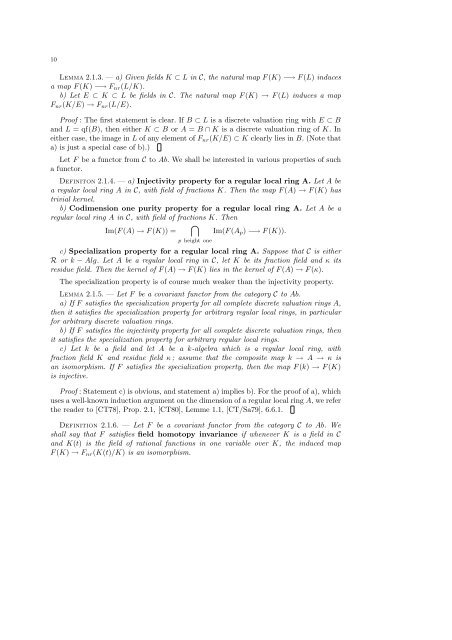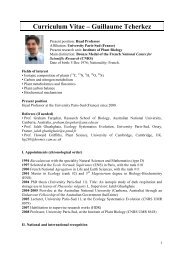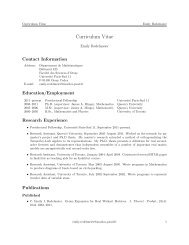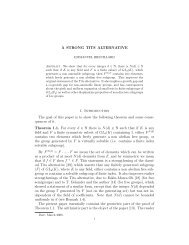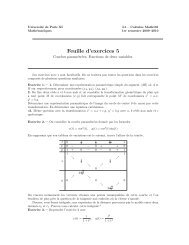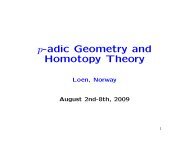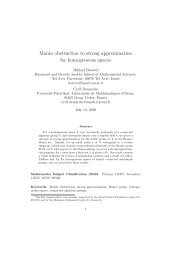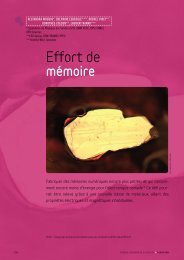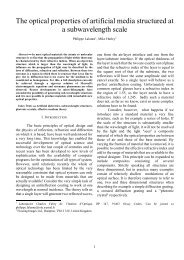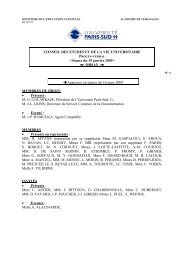Birational invariants, purity and the Gersten conjecture Lectures at ...
Birational invariants, purity and the Gersten conjecture Lectures at ...
Birational invariants, purity and the Gersten conjecture Lectures at ...
Create successful ePaper yourself
Turn your PDF publications into a flip-book with our unique Google optimized e-Paper software.
10<br />
LEMMA 2.1.3. — a) Given fields K ⊂ L in C, <strong>the</strong> n<strong>at</strong>ural map F (K) −→ F (L) induces<br />
a map F (K) −→ F nr (L/K).<br />
b) Let E ⊂ K ⊂ L be fields in C. The n<strong>at</strong>ural map F (K) → F (L) induces a map<br />
F nr (K/E) → F nr (L/E).<br />
Proof : The first st<strong>at</strong>ement is clear. If B ⊂ L is a discrete valu<strong>at</strong>ion ring with E ⊂ B<br />
<strong>and</strong> L = qf(B), <strong>the</strong>n ei<strong>the</strong>r K ⊂ B or A = B ∩ K is a discrete valu<strong>at</strong>ion ring of K. In<br />
ei<strong>the</strong>r case, <strong>the</strong> image in L of any element of F nr (K/E) ⊂ K clearly lies in B. (Note th<strong>at</strong><br />
a) is just a special case of b).)<br />
Let F be a functor from C to Ab. We shall be interested in various properties of such<br />
a functor.<br />
DEFINITON 2.1.4. — a) Injectivity property for a regular local ring A. Let A be<br />
a regular local ring A in C, with field of fractions K. Then <strong>the</strong> map F (A) → F (K) has<br />
trivial kernel.<br />
b) Codimension one <strong>purity</strong> property for a regular local ring A. Let A be a<br />
regular local ring A in C, with field of fractions K. Then<br />
⋂<br />
Im(F (A) → F (K)) = Im(F (A p ) −→ F (K)).<br />
p height one<br />
c) Specializ<strong>at</strong>ion property for a regular local ring A. Suppose th<strong>at</strong> C is ei<strong>the</strong>r<br />
R or k − Alg. Let A be a regular local ring in C, let K be its fraction field <strong>and</strong> κ its<br />
residue field. Then <strong>the</strong> kernel of F (A) → F (K) lies in <strong>the</strong> kernel of F (A) → F (κ).<br />
The specializ<strong>at</strong>ion property is of course much weaker than <strong>the</strong> injectivity property.<br />
LEMMA 2.1.5. — Let F be a covariant functor from <strong>the</strong> c<strong>at</strong>egory C to Ab.<br />
a) If F s<strong>at</strong>isfies <strong>the</strong> specializ<strong>at</strong>ion property for all complete discrete valu<strong>at</strong>ion rings A,<br />
<strong>the</strong>n it s<strong>at</strong>isfies <strong>the</strong> specializ<strong>at</strong>ion property for arbitrary regular local rings, in particular<br />
for arbitrary discrete valu<strong>at</strong>ion rings.<br />
b) If F s<strong>at</strong>isfies <strong>the</strong> injectivity property for all complete discrete valu<strong>at</strong>ion rings, <strong>the</strong>n<br />
it s<strong>at</strong>isfies <strong>the</strong> specializ<strong>at</strong>ion property for arbitrary regular local rings.<br />
c) Let k be a field <strong>and</strong> let A be a k-algebra which is a regular local ring, with<br />
fraction field K <strong>and</strong> residue field κ ; assume th<strong>at</strong> <strong>the</strong> composite map k → A → κ is<br />
an isomorphism. If F s<strong>at</strong>isfies <strong>the</strong> specializ<strong>at</strong>ion property, <strong>the</strong>n <strong>the</strong> map F (k) → F (K)<br />
is injective.<br />
Proof : St<strong>at</strong>ement c) is obvious, <strong>and</strong> st<strong>at</strong>ement a) implies b). For <strong>the</strong> proof of a), which<br />
uses a well-known induction argument on <strong>the</strong> dimension of a regular local ring A, we refer<br />
<strong>the</strong> reader to [CT78], Prop. 2.1, [CT80], Lemme 1.1, [CT/Sa79], 6.6.1.<br />
DEFINITION 2.1.6. — Let F be a covariant functor from <strong>the</strong> c<strong>at</strong>egory C to Ab. We<br />
shall say th<strong>at</strong> F s<strong>at</strong>isfies field homotopy invariance if whenever K is a field in C<br />
<strong>and</strong> K(t) is <strong>the</strong> field of r<strong>at</strong>ional functions in one variable over K, <strong>the</strong> induced map<br />
F (K) → F nr (K(t)/K) is an isomorphism.


